The best candidate yet for the elusive Planet Nine has been spotted in two deep infrared surveys taken 23 years apart. If this mystery object really is Planet Nine, it would have a mass greater than Neptune, and currently be about 700 times farther from the sun than Earth is.
The possibility of additional planets in our solar system has been proposed many times, going under names such as "Planet X," because experts thought the concept of an extra planet in our vicinity of the cosmos could explain a perceived regularity in mass extinctions on Earth. Perhaps, they said, the periodic influx of comets that impact Earth are pushed our way by an unseen planet. However, the supposed periodicity in mass extinctions has not held up to scrutiny, and so the need for that particular Planet X has gone away. This brings us to Planet Nine.
Planet Nine is unrelated to the Planet X concept, and rather put forward in 2016 by Michael Brown and Konstantin Batygin of the California Institute of Technology to explain an unusual bunching of orbits of some objects in the Kuiper Belt, such as Sedna. This proposed Planet Nine would be more massive than Earth, and orbit on a highly eccentric path that takes it hundreds of astronomical units from the sun (one astronomical unit is the distance between Earth and the sun). That far away, it would be extremely difficult to detect.
However, the expectation is that Planet Nine would appear brighter in mid- and far-infrared light than it would in visible light.
Now, a team led by astronomer Terry Long Phan of the National Tsing Hua University in Taiwan has delved into the archives of two far-infrared all-sky surveys in search of Planet Nine — and incredibly, they have found something that could possibly be Planet Nine.
The Infrared Astronomy Satellite, IRAS, launched in 1983 and surveyed the universe for almost a year before being decommissioned. Then, in 2006, the Japanese Aerospace Exploration Agency (JAXA) launched AKARI, another infrared astronomy satellite that was active between 2006 and 2011.
Phan's team were looking for objects that appeared in IRAS's database, then appeared to have moved by the time AKARI took a look. The amount of movement on the sky would be tiny — about three arcminutes per year at a distance of approximately 700 astronomical units (AU). One arcminute is 1/60 of an angular degree.
But there's an extra motion that Phan's team had to account for. As the Earth orbits the sun, our view of the position of very distant objects changes slightly in an effect called parallax. It is the same phenomenon as when you hold your index finger up to your face, close one eye and look at your finger, and then switch eyes — your finger appears to move as a result of you looking at it from a slightly different position.
Planet Nine would appear to move on the sky because of parallax as Earth moves around the sun. On any particular day, it might seem to be in one position, then six months later when Earth is on the other side of the sun, it would shift to another position, perhaps by 10 to 15 arcminutes — then, six months after that, it would seem to shift back to its original position. To remove the effects of parallax, Phan's team searched for Planet Nine on the same date every year in the AKARI data, because on any given date it would appear in the same place, with zero parallax shift, every year.
They then also scrutinized each candidate object that their search threw up on an hourly basis. If a candidate is a fast-moving, nearby object, then its motion would be detectable from hour to hour, and could therefore be ruled out.
This careful search led Phan's team to a single object, a tiny dot in the infrared data.
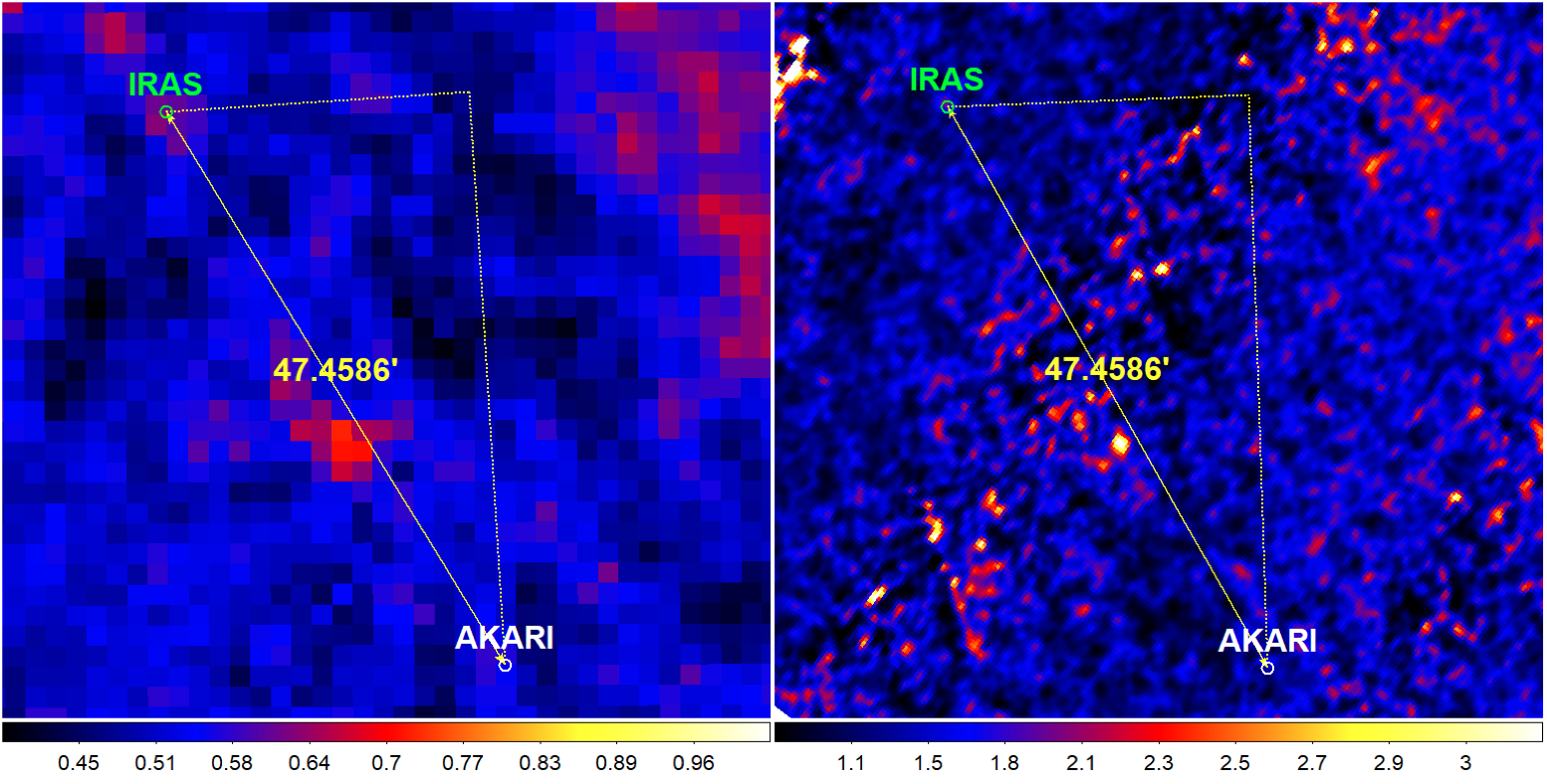
It appears in one position in IRAS's 1983 image, though it was not in that position when AKARI looked. However, there is an object seen by AKARI in a position 47.4 arcminutes away that isn't there in the IRAS imagery, and it is within the range that Planet Nine could have traveled in the intervening time. In other words, this object has moved a little further along its orbit around the sun in the 23 or more years between IRAS and AKARI.
The knowledge of its motion in that intervening time is not sufficient to be able to extrapolate the object's full orbit, therefore it's not yet possible to say for certain whether this is Planet Nine. First, astronomers need to recover it in more up-to-date imagery.
"Once we know the position of the candidate, a longer exposure with the current large optical telescopes can detect it," Phan told Space.com. "However, the follow-up observations with optical telescopes still need to cover about three square degrees because Planet Nine would have moved from the position where AKARI detected it in 2006. This is doable with a camera that has a large field of view, such as the Dark Energy Camera, which has a field of view of three square degrees on the Blanco four-meter telescope [in Chile]."
Based on the candidate object's brightness in the IRAS and AKARI images, Phan estimates that the object, if it really is Planet Nine, must be more massive than Neptune. This came as a surprise, because he and his team were searching for a super-Earth-size body. Previous surveys by NASA's Wide-field Infrared Survey Explorer (WISE) have ruled out any Jupiter-size planets out to 256,000 AU, and any Saturn-size planets out to 10,000 AU, but a smaller Neptune or Uranus-size world could still have gone undetected. Phan told Space.com that he had searched for his candidate in the WISE data, "but no convincing counterpart was found because it has moved since the 2006 position," and without knowing its orbit more accurately, we can't say where it has moved to.
Another mystery is how Planet Nine, if it is real, ended up on an orbit that potentially brings it as close as 280 AU and as distant as 1,120 AU, which is far beyond the realm of the other planets. For comparison, the outermost planet, Neptune, is 30 AU (2.8 billion miles, or 4.5 billion kilometers) from the sun. At 700 AU, Planet Nine would be 65 billion miles (105 billion kilometers) from the sun.
"One possibility is that Planet Nine formed closer to the sun, perhaps near the region where Jupiter, Saturn, Uranus and Neptune formed, and was later gravitationally scattered outward by one or more of these giant planets during the early days of the solar system," said Phan.
Alternatively, perhaps it was a rogue planet picked up by the sun, maybe early in the history of the solar system when the sun was still close to its siblings and planets could be ejected and captured by different systems.
This is not the first time that a candidate for Planet Nine has been found in infrared data. In 2021, astronomer Michael Rowan–Robinson of Imperial College, London, found an object in the IRAS data that had an estimated three to five Earth masses, and was much closer to the sun at about 225 AU. However, the detection has not been confirmed, and has not been made in any other dataset, such as by AKARI. Phan believes his candidate has a much better claim to being Planet Nine because it was detected by both IRAS and AKARI.
Whether it really is Planet Nine, only time will tell. With the Nancy Grace Roman Space Telescope soon to launch to perform high-resolution deep surveys of the sky, and the Vera C. Rubin Observatory set to see first light this year, as well as the prowess of the already-established Dark Energy Camera, then if Planet Nine exists it is running out of places to hide.
The candidate object is reported by Phan's team in a paper accepted for publication in Publications of the Astronomical Society of Australia.
.png)
 German (DE)
German (DE)  English (US)
English (US)  Spanish (ES)
Spanish (ES)  French (FR)
French (FR)  Hindi (IN)
Hindi (IN)  Italian (IT)
Italian (IT)  Russian (RU)
Russian (RU) 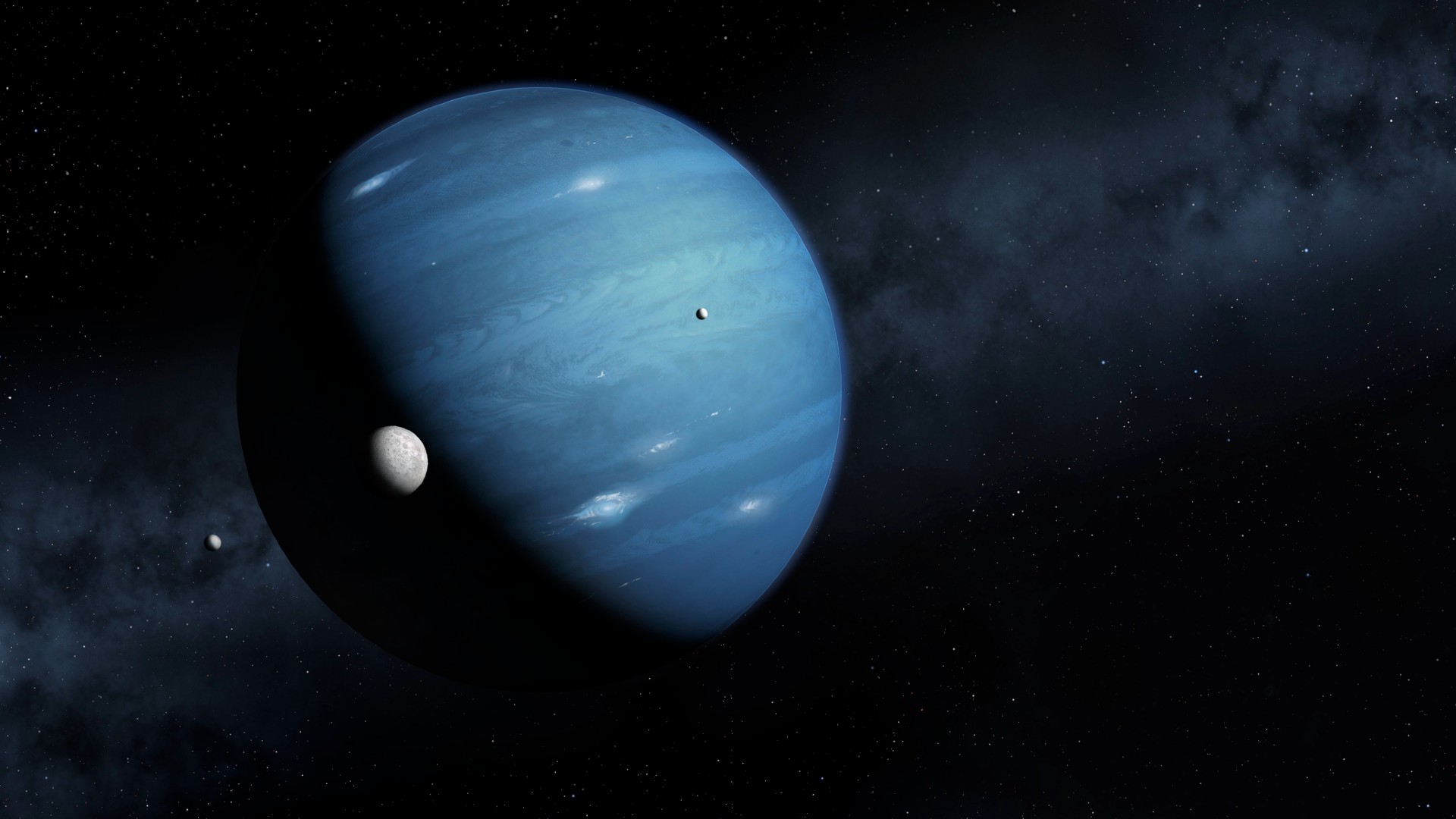

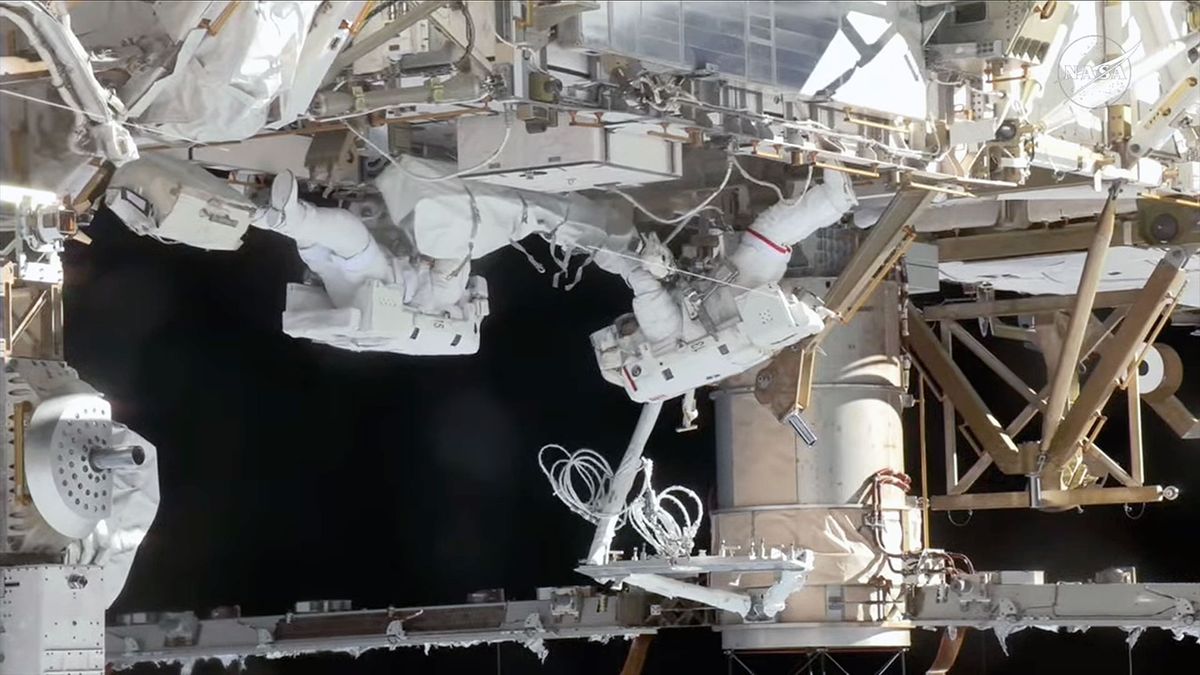
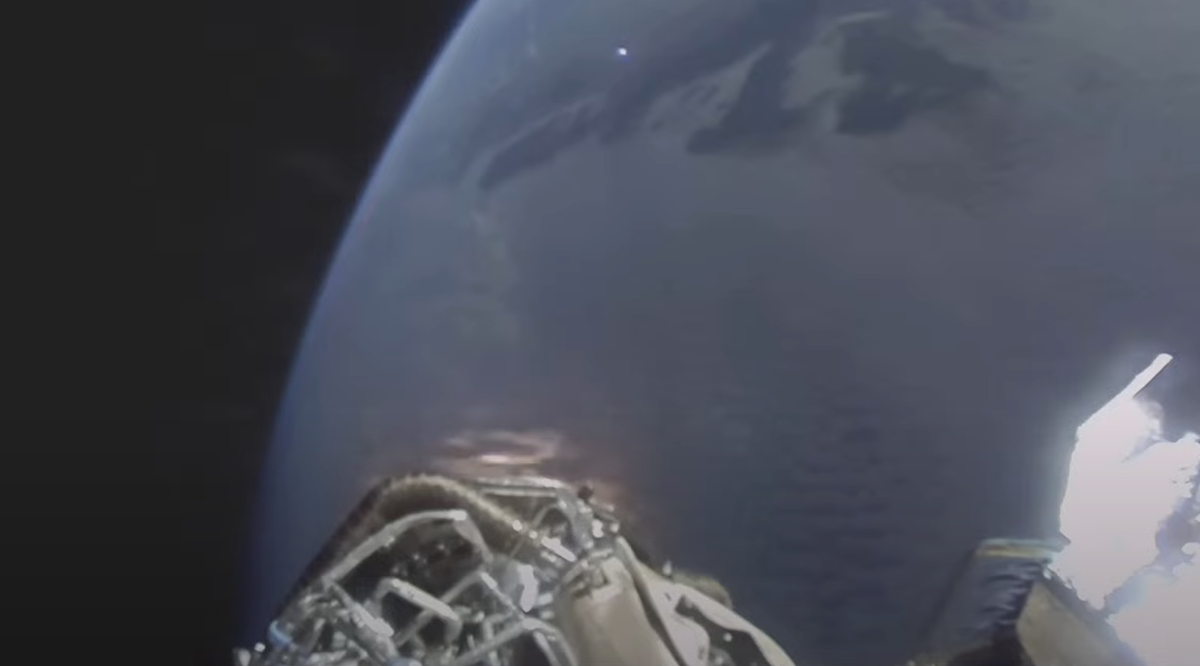
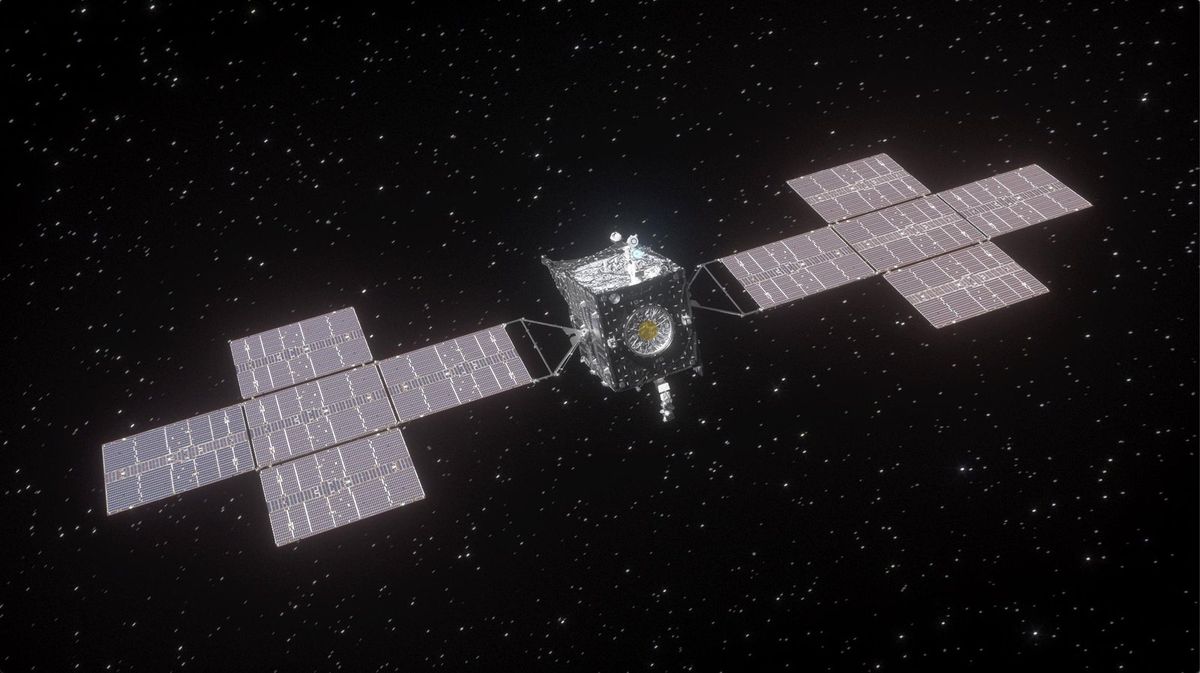





Comments